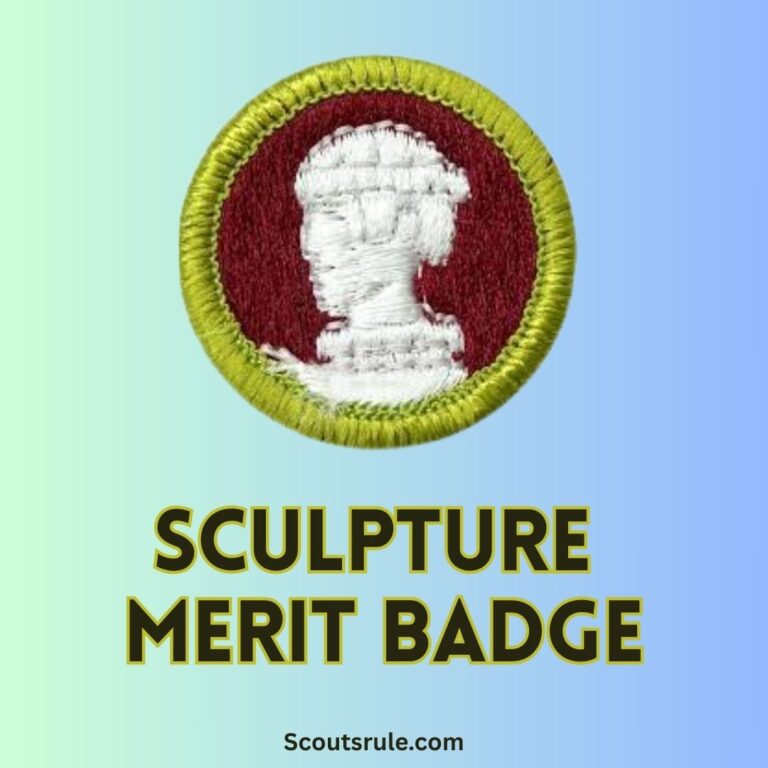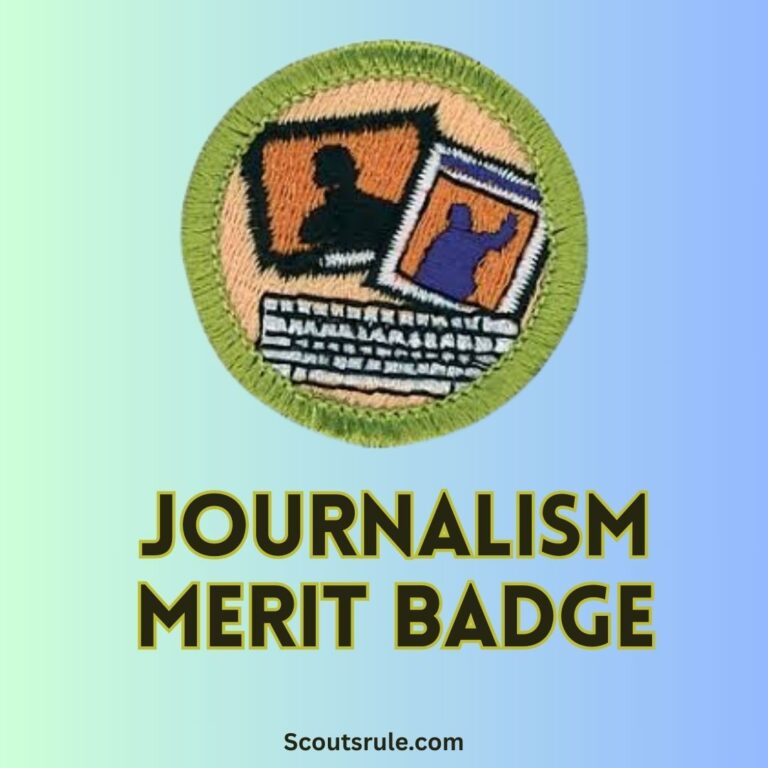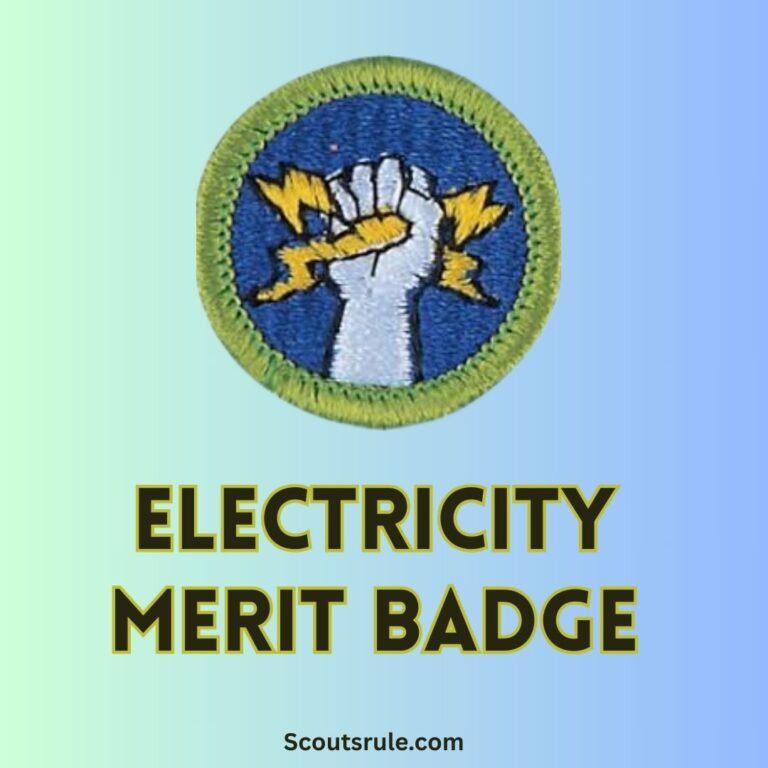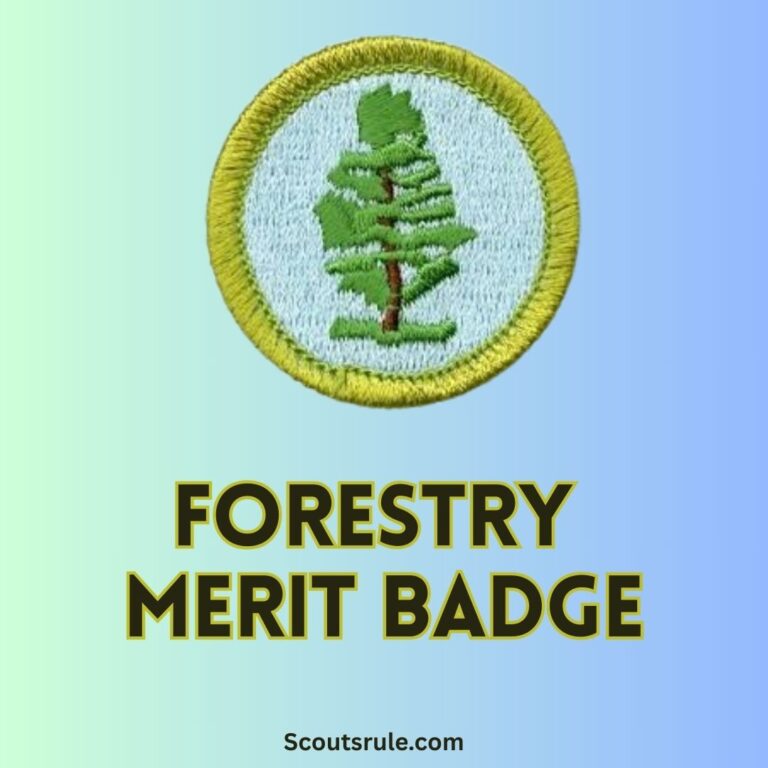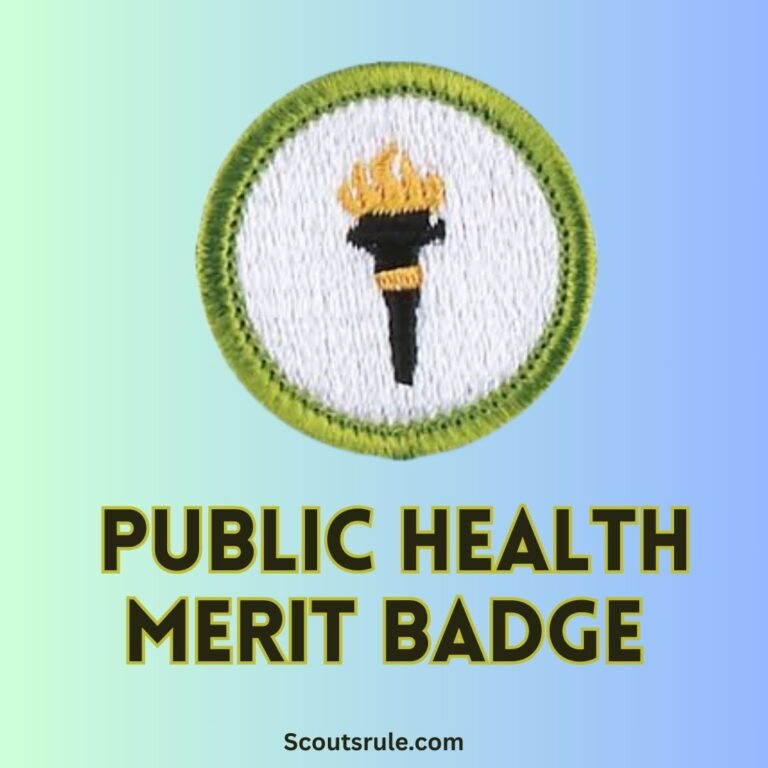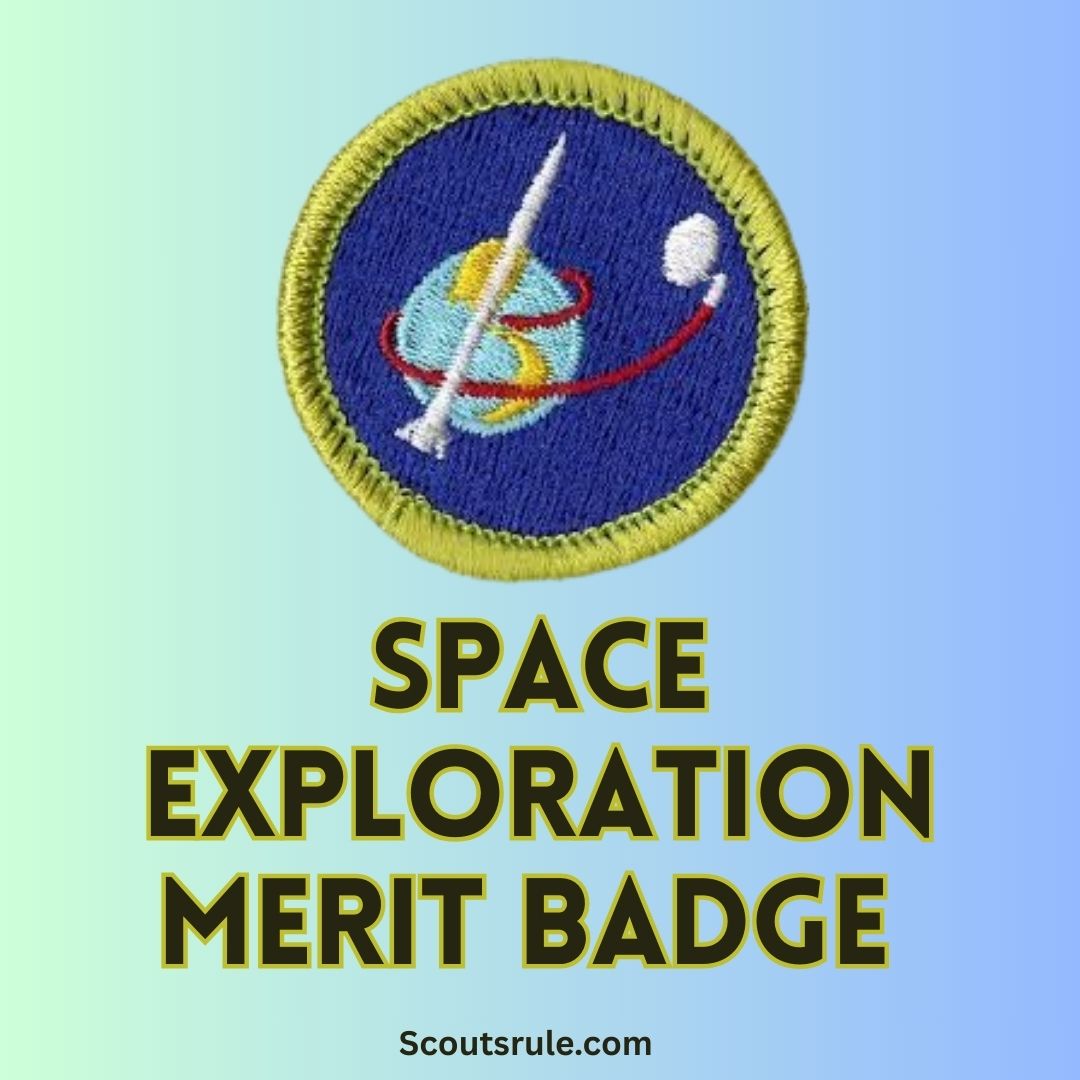
The Space Exploration Merit Badge is an exciting opportunity for Scouts to delve into the mysteries of outer space, understand the science behind space travel, and explore the history and future of space exploration. This badge combines hands-on activities, theoretical knowledge, and creative thinking to inspire Scouts to dream big and consider careers in space science and engineering.
Post Contents
Space Exploration Merit Badge Requirements
This badge offers Scouts an engaging pathway into the fundamentals of space science, exploration technologies, and the incredible history of human achievements in space.
Model Rocketry
Model rocketry is at the heart of this badge, providing a hands-on experience for Scouts to learn and demonstrate the principles of rocket science.
- Building Your Rocket: Scouts construct a model rocket with precision, ensuring it adheres to safety standards and local laws.
- Stability-Checking Your Rocket: Scouts use methods like the “swing test” to confirm the rocket’s stability, ensuring it will fly safely.
- Launching Your Rocket: Launching involves following a structured checklist, choosing appropriate weather conditions, and working within a safe launch area.
- Accomplishing a Launch Objective: For the second launch, Scouts aim to meet a specific objective, such as achieving a particular altitude or using a payload recovery system.
Rocket Parts
Scouts identify and explain the various components of a rocket, including:
- Body Tube: The rocket’s main structure.
- Fins: Provide aerodynamic stability.
- Nose Cone: Reduces drag.
- Engine Mount: Holds the propulsion system.
- Recovery System: Ensures the rocket lands safely, often using parachutes. This practical knowledge helps Scouts understand how rockets achieve flight.
Careers in Space Exploration
Scouts explore a range of careers to understand the diverse roles that contribute to space missions and the space industry.
- Aerospace Operation Technicians: These professionals manage and maintain equipment used in building and testing spacecraft.
- Aerospace Engineers: Engineers design and test aircraft, satellites, and rockets, ensuring they meet mission goals.
- Research Associates: They work on cutting-edge technologies and experiments, from developing new propulsion methods to studying space phenomena.
- Space Scientists: These experts analyze data from space missions and conduct research on topics like planetary geology or astrobiology.
Purpose of Space Exploration
Space exploration serves multiple purposes, including advancing scientific knowledge, fostering international cooperation, and developing technologies that benefit life on Earth. Scouts are required to explain the following:
- Historical Reasons: Space exploration has been driven by human curiosity and the desire to understand our place in the universe. Milestones like the launch of Sputnik, the Apollo moon landings, and the Mars rover missions have shaped our understanding of space.
- Immediate Goals: These include studying planetary systems, searching for extraterrestrial life, and understanding phenomena like black holes and dark matter.
- Benefits to Earth: Space exploration has led to innovations in technology, such as satellite communications, GPS, and medical advancements.
- International Relations: Collaborative efforts like the International Space Station (ISS) demonstrate how nations can work together to achieve common goals.
Collector’s Card
Scouts design a collector’s card featuring a space pioneer. The card includes:
- A picture on the front.
- Information about the pioneer’s contributions to space exploration on the back.
Scouts also discuss four other space pioneers with their counselor, learning about their achievements and impact on the field.
Scientific Principles
Scouts discuss and demonstrate the following:
- Law of Action-Reaction: Explaining how rockets propel themselves using Newton’s third law of motion.
- Rocket Engines: Understanding how fuel combustion generates thrust.
- Satellites: Learning how satellites stay in orbit and transmit data.
- Satellite Imaging: Exploring how pictures of Earth and other planets are captured and transmitted.
Space Missions
Scouts choose two activities from the following:
- Robotic and Crewed Missions: Discussing missions like the Mars Science Laboratory (Curiosity Rover) and Apollo 11, including their discoveries and significance.
- Current Planetary Missions: Creating a blog, website, or scrapbook about missions like the Perseverance rover or James Webb Space Telescope.
- Designing a Robotic Mission: Scouts design a mission to a planet, moon, comet, or asteroid, addressing challenges like environmental conditions and sample collection.
Spacecraft
Scouts describe the purpose, operation, and components of one of the following:
- Space Shuttle or Orbital Vehicle: Understanding vehicles like the SpaceX Dragon or NASA’s Orion.
- International Space Station (ISS): Learning about its construction, life-support systems, and role in scientific research.
Inhabited Base Design
Scouts design a base located within our solar system, such as on Titan or an asteroid. The design includes:
- Source of Energy: Options like solar panels or nuclear power.
- Construction: Materials and methods for building the base.
- Life-Support System: Ensuring oxygen, water, and food supply.
- Purpose and Function: Defining the base’s objectives, such as research or habitation.
Careers in Space Exploration
Scouts explore two careers in space exploration, such as aerospace engineering or planetary science. They learn about:
- Qualifications and education required.
- Responsibilities and challenges of the roles.
Additional Topics
To make this guide truly comprehensive, here are a few extra areas of exploration:
Space Exploration and Sustainability
Scouts can learn about the environmental challenges of space exploration, including:
- Space debris and its impact on Earth’s orbit.
- Innovations to reduce waste and promote sustainable practices in the space industry.
Women and Diversity in Space
Highlighting contributions by trailblazers like Sally Ride, Mae Jemison, and Kalpana Chawla inspires Scouts to appreciate diverse perspectives in the field of space exploration.
Future of Space Exploration
Scouts can explore upcoming missions and developments, such as:
- NASA’s Artemis program to establish a sustainable human presence on the Moon.
- Space tourism initiatives led by private companies like SpaceX and Blue Origin.
- The potential for interstellar travel and its implications for humanity.
This guide now covers all key aspects of the Space Exploration Merit Badge while incorporating additional enriching topics. Let me know if you’d like further assistance or creative ideas for any specific requirement!

Hi, Robin here, A former lead Scout and here I share my inspiring stories about USA Scouts, leadership, adventure, how to guides and more.

